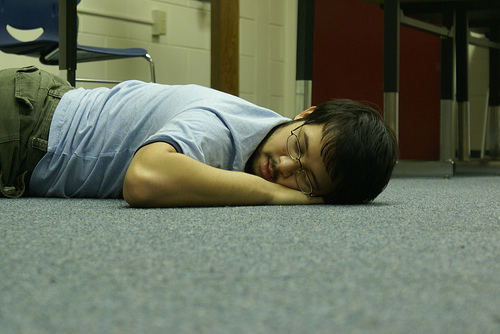
Types of seizures
Epilepsy is a recurrent, spontaneous, intermittent and abnormal electrical activity of a part of the brain that manifests as a seizure. The outward expression can range from alarming jerky movements, soiling oneself and bleeding from the mouth due to tongue biting (generalized tonic clonic fits), to a brief “pause” associated with absence seizures. Seizures can be broadly divided into two categories: partial seizures and primary generalized seizures. There are three types of partial seizures. They are simple partial seizures, complex partial seizures and partial seizures with secondary generalization. There are five types of generalized seizures: absence seizures, tonic clonic, myoclonic, akinetic and atonic seizures. Status epilepticus is uncontrolled fits or repeated episodes of fits occurring without the patient regaining consciousness in between.
- Important notification about information and brand names used in this slideshow!
- Photo courtesy of Brian Finifter by Flickr : www.flickr.com/photos/hamillianactor/362021048/
- Clinical medicine by Kumar and Clark
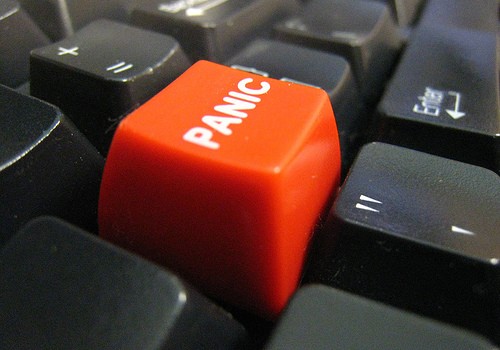
Stay Calm (Don't Panic)
Staying calm is very important. It can be very disturbing to witness a full-on tonic clonic fit with blood stained frothing, rolled up eyes, soiling, rapid jerky movements and loss of consciousness. A calm composed attitude instils calmness in concerned by-standers, helps the doctor organize thoughts and formulate a treatment plan. Mistakes will then be minimalized. Decisions taken rashly without logical thought may endanger the life of the patient. Making the patient drink water, using hard objects to unclench the jaws, giving metal objects to hold thinking it’ll help (a myth) and firmly restraining the patient are some commonly encountered mistakes.
- Important notification about information and brand names used in this slideshow!
- Photo courtesy of John by Flickr : www.flickr.com/photos/johnjoh/448665674/
- Clinical medicine by Kumar and Clark
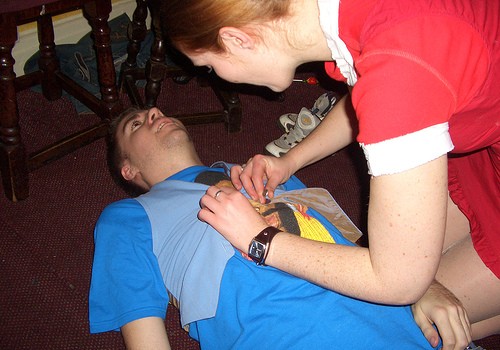
Lay the Person to the Floor
The best place for the patient is on a flat surface. If a bed with proper guard railings cannot be found near-by, keep the patient on the floor. Do not try to sit the patient up. During a fit the normal protective mechanisms of the airways do not function properly. Therefore aspiration of saliva into the airways can result in suffocation, pneumonia and lung abscess. When the patient is placed on the floor, remember to keep him or her in the left lateral position to allow saliva a flow out of the mouth. Even if a loose tooth becomes dislodged during a fit, it will fall out rather than go into the airways.
- Important notification about information and brand names used in this slideshow!
- Photo courtesy of Sarah Fagg by Flickr : www.flickr.com/photos/pinkangelbabe/313150521/
- Clinical medicine by Kumar and Clark
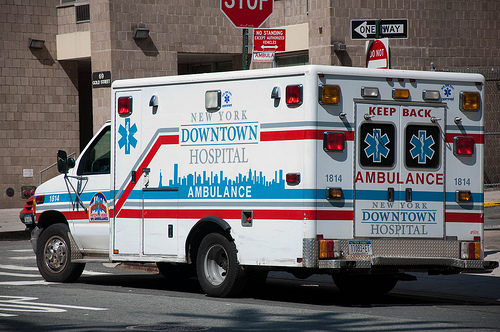
Call Medical Assistance (911)
Call 911 or 9-911 from a campus phone to reach the emergency medical services in case of an emergency. But remember not to abuse this number because the call volume is constantly going up. International academies of emergency dispatch have given a few examples of cases in which you can judge yourself if it is worth a 911 call. Chest pain with normal breathing (under 35 years), burns to less than 18% of the body, non-trauma related back pain, fall with a broken shoulder, focal fits, new onset immobility are some examples.
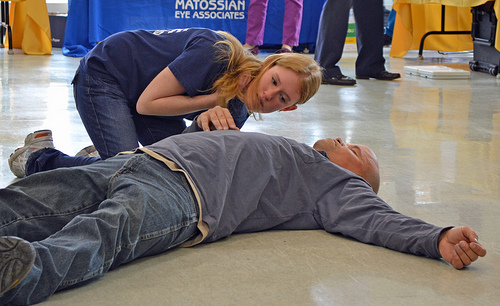
Make Sure The Person Is Breathing
A (airways), B (breathing), and C (Circulation) are the first three steps of any first-aid regimen. The airways need to be clear. If they are not, they should be cleared manually with a gloved finger after the seizure is over. A left lateral position will make the tongue fall forward away from the throat, allow saliva to flow out and allow loose teeth that might have dislodged to roll out. Breathing should be checked using all three methods — look, listen and feel. Look for chest/abdominal movement, listen for breathing sounds and feel the air hitting the back of your hand. In generalized tonic clonic fits breathing stops during the tonic/rigid phase. In the case of a status epilepticus prolonged lack of breathing is of immediate concern.
- Important notification about information and brand names used in this slideshow!
- Photo courtesy of MTSOfan by Flickr : www.flickr.com/photos/mtsofan/8670878011/
- Clinical medicine by Kumar and Clark
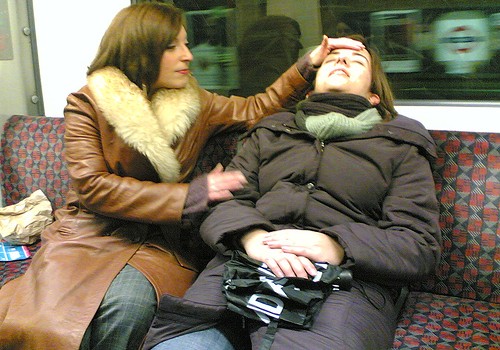
Stay With The Patient And Monitor The Situation
In most cases the fit is of short duration. Stay with the patient until professional help is available. An eye witness account is invaluable for a correctly diagnosed first episode of epilepsy. Correct diagnosis leads to correct treatment. Observe how the fit progressed. Look out for a feeling of disquiet before the fit (aura), eyes rolling up, a clenched jaw, clenched fists, loss of continence, rigid limbs, jerky movements, frothing at the mouth, tongue biting, duration of fit and immediate aftermath (such as drowsiness and autonomous movements). Status epilepticus is a condition where continuous fits or repeated bouts occur without regaining consciousness in between. In this a life-threatening condition and immediate medical attention should be sought.
- Important notification about information and brand names used in this slideshow!
- Photo courtesy of Martin Alvarez Espinar by Flickr : www.flickr.com/photos/martinalvarez/348763159/
- Clinical medicine by Kumar and Clark
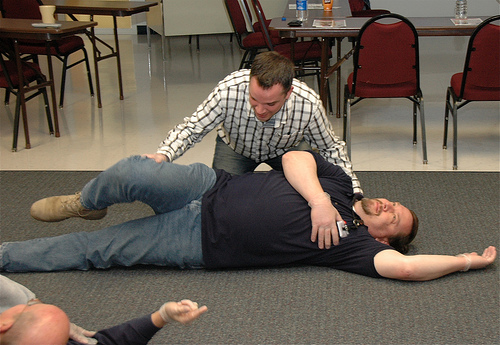
The Recovery Position
The recovery position is also the left lateral position. Some patients may be drowsy after a fit. Normal protective mechanisms of the airways do not reassert themselves immediately after a fit, so the airways need to be maintained open by preventing the tongue from rolling back on to the throat and accumulating saliva. Extend the left arm at a right angle to the body. Bend it at the elbow so the hand points upwards. Bend the patient’s right arm so that the back of the right hand is placed on the patient’s left cheek. Bend the right leg at the knee fully. Gentle force on the right knee will role even the heaviest of them on to the left lateral position.
- Important notification about information and brand names used in this slideshow!
- Photo courtesy of Ozarks Red Cross by Flickr : www.flickr.com/photos/ozarksredcross/4352081361/
- Clinical medicine by Kumar and Clark
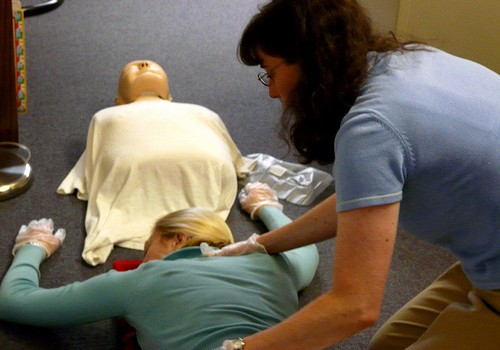
Prevent Injury
An epileptic person may fall onto a hard surface, sharp object or even onto the road. Therefore cuts, abrasions and bruises are common after generalized tonic clonic fits. The initial fall needs to be prevented by slowly lowering the patient to the ground. The patient needs to be transported to the nearest safe patch of space. (Further up the bank if near water, well back on the pavement if by the road side, away from electrical appliances, sharp objects, power tools etc). The left lateral position is the ideal position. Furniture and other hard objects need to be removed from the patient’s reach. The patient should be lightly held in place. Do not firmly restrain the patient to stop jerky movements.
- Important notification about information and brand names used in this slideshow!
- Photo courtesy of American Red Cross Oregon Trail Chapter by Flickr : www.flickr.com/photos/redcrosspdx/2903144040/
- Clinical medicine by Kumar and Clark
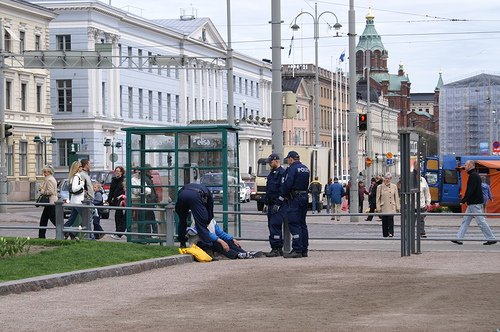
Stay Until The Seizure Is Over
If you find someone having a fit, you can be extremely helpful. Even if you do nothing else, it would be such a relief for the relatives of the patient if you stay near the patient until the seizure ends. The patient will usually be grateful for your presence because they often feel sleepy or confused. In a clinical context, the patient may have a repeat episode, may remain unconscious for a while or have other complications if the fit was secondary to some other condition. Help at hand would then be invaluable. Stay with the patient until they appear fully recovered, or medical help arrives.
- Important notification about information and brand names used in this slideshow!
- Photo courtesy of Lauri Rantala by Flickr : www.flickr.com/photos/wstryder/493687895/
- Clinical Medicine by Kumar and Clark
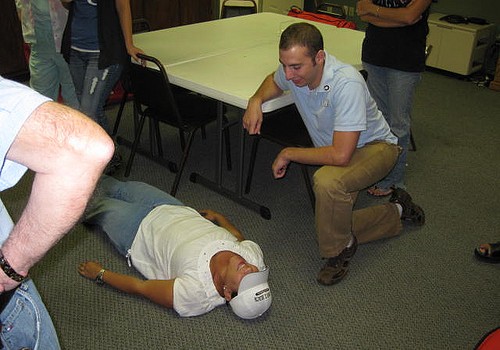
Don't Restrain The Patient
Hold the patient lightly in the left lateral position. Support the head to avoid serious trauma, and remove sharp objects from the immediate vicinity. Do not hold him down or restrain him firmly. Allow for a reasonable degree of movement. Muscles can get sprained and contused during violent movement. Holding the patient tightly will also bruise the patient. Muscles contract violently during an epileptic attack. The tensions produced inside the muscles during these contractions are profound. Tendons connecting muscles to bones can get damaged. Joint dislocations and fractures are also known to occur. Shoulder dislocations are quite common. More dangerous cervical spine dislocations, disk prolapse and vertebral fractures can even lead to spinal injury.
- Important notification about information and brand names used in this slideshow!
- Photo courtesy of Ozarks Red Cross by Flickr : www.flickr.com/photos/ozarksredcross/4975387892/
- Clinical medicine by Kumar and Clark


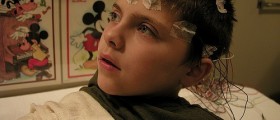
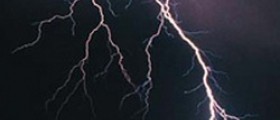

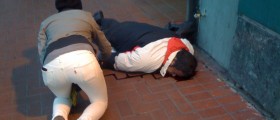
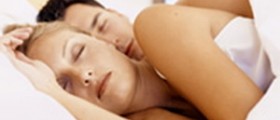
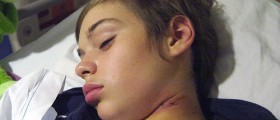
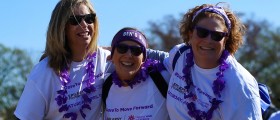

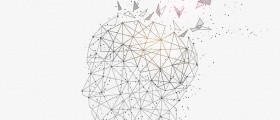




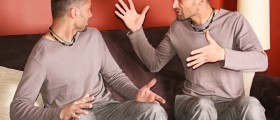
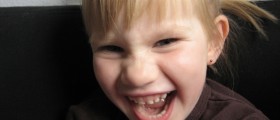
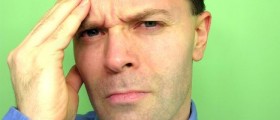
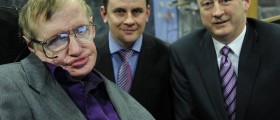
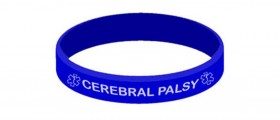

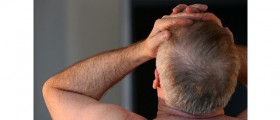
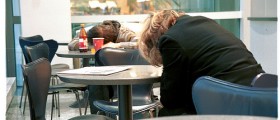
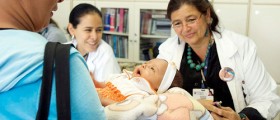

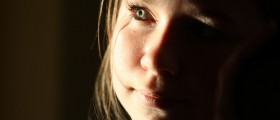

Your thoughts on this
Loading...